Home>Furniture & Design>Bathroom Accessories>How To Make Stairs Non-Slip
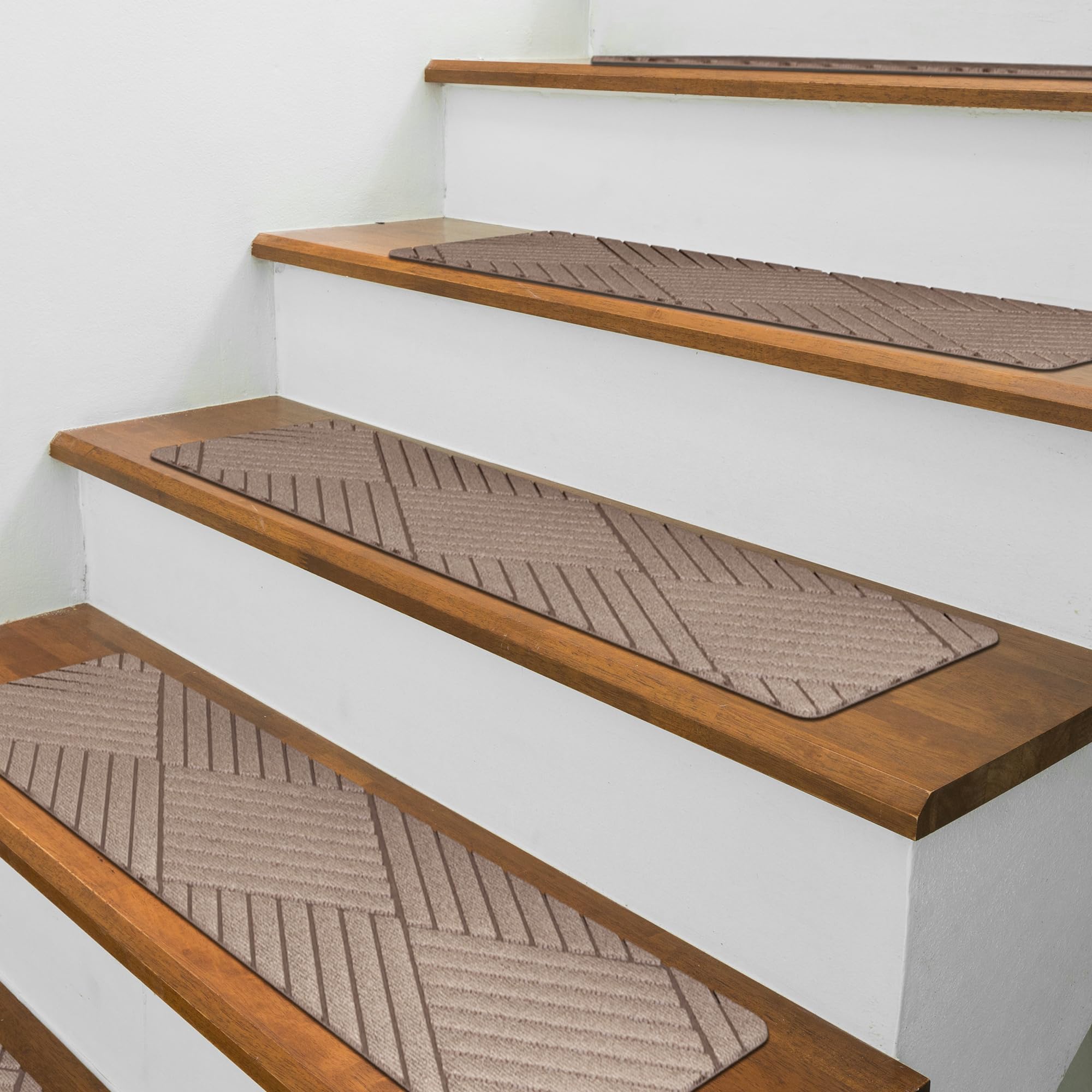

Bathroom Accessories
How To Make Stairs Non-Slip
Published: February 10, 2024
Learn how to make your stairs non-slip with our range of bathroom accessories. Keep your family safe and prevent accidents with our easy-to-install solutions.
(Many of the links in this article redirect to a specific reviewed product. Your purchase of these products through affiliate links helps to generate commission for Storables.com, at no extra cost. Learn more)
Introduction
When it comes to home safety, one often overlooked area is the stairs. Whether inside or outside, stairs can pose a significant risk of slipping and falling, especially in wet or high-traffic conditions. The good news is that there are effective solutions to make stairs non-slip, providing peace of mind for homeowners and ensuring the safety of family members and guests.
Creating non-slip stairs is not only a practical safety measure but also a way to enhance the overall aesthetics of your home. By addressing this important aspect of home safety, you can prevent accidents and injuries, making your living space more secure and comfortable for everyone.
In this comprehensive guide, we will explore the various methods and products available to make stairs non-slip. From simple DIY solutions to professional-grade products, we will cover everything you need to know to transform your stairs into a safer and more secure feature of your home. Whether you are a homeowner looking to improve safety or a contractor seeking the best non-slip solutions for your clients, this guide will provide valuable insights and practical tips for achieving non-slip stairs that meet your specific needs.
By understanding the importance of non-slip stairs and exploring the different methods and products available, you can make informed decisions that align with your safety goals and design preferences. Additionally, we will discuss essential considerations for choosing the right non-slip solution for your stairs, as well as installation and maintenance tips to ensure long-lasting effectiveness.
With this guide as your resource, you will gain the knowledge and confidence to create non-slip stairs that not only enhance safety but also contribute to the overall beauty and functionality of your home. Let's embark on this journey to discover the best ways to make stairs non-slip, empowering you to create a safer and more secure environment for yourself and your loved ones.
Key Takeaways:
- Prioritizing non-slip measures for stairs is crucial for safety and aesthetics, offering solutions like tapes, paints, treads, covers, and rugs to enhance traction and prevent accidents.
- Proper installation and maintenance of non-slip features are essential for long-term effectiveness, ensuring secure and visually appealing stairs that promote confidence and peace of mind.
Read more: How To Make Outdoor Stairs Non-Slip
Understanding the Importance of Non-Slip Stairs
The significance of non-slip stairs cannot be overstated, as they play a crucial role in ensuring the safety and well-being of individuals within a home or commercial space. Slippery stairs pose a serious hazard, particularly in environments where moisture, spills, or high foot traffic are common. Without proper traction, stairs can become a potential site for accidents, leading to injuries and even more severe consequences.
Non-slip stairs are essential for preventing slips and falls, especially in households with children, elderly individuals, or individuals with mobility challenges. By implementing effective non-slip solutions, homeowners can significantly reduce the risk of accidents on staircases, providing peace of mind and a secure environment for family members and visitors.
In commercial settings, such as office buildings, retail spaces, and public facilities, non-slip stairs are equally important. These spaces often experience heavy foot traffic, and the presence of moisture or debris can further elevate the risk of slipping. Implementing non-slip measures on stairs is not only a proactive safety measure but also a way to mitigate potential liabilities associated with accidents on the premises.
Moreover, non-slip stairs contribute to a sense of security and confidence among individuals using the stairs. Whether ascending or descending, individuals should feel assured that the stairs provide a stable and secure surface for movement. This assurance is particularly crucial in environments where individuals may have varying levels of mobility or balance, as non-slip stairs can empower them to navigate the space with greater independence and reduced anxiety.
Beyond safety considerations, non-slip stairs also contribute to the overall aesthetic and functionality of a space. By incorporating non-slip solutions that complement the design and architecture of the stairs, homeowners and property managers can enhance the visual appeal of the staircase while maintaining its practicality and safety.
In essence, understanding the importance of non-slip stairs underscores the fundamental role they play in safeguarding individuals, enhancing confidence and independence, and contributing to the overall safety and aesthetics of a living or working environment. By prioritizing non-slip measures, homeowners and property managers can create a secure and inviting space that promotes well-being and peace of mind for everyone who traverses the stairs.
Different Methods to Make Stairs Non-Slip
There are several effective methods to make stairs non-slip, ranging from simple DIY solutions to professional-grade products. Each method offers unique advantages and can be tailored to suit the specific requirements of different staircases and environments. By exploring these methods, homeowners and property managers can identify the most suitable approach to enhance the safety and functionality of their stairs.
-
Non-Slip Tapes and Strips: Non-slip tapes and adhesive strips are popular and cost-effective solutions for creating traction on stairs. These products are typically made from durable materials such as rubber, vinyl, or abrasive grit, providing a textured surface that improves grip and reduces the risk of slipping. Non-slip tapes are available in various widths and colors, allowing for customization to match the aesthetic of the staircase.
-
Non-Slip Paints and Coatings: Non-slip paints and coatings are designed to provide a textured finish on stair surfaces, enhancing traction and durability. These specialized coatings often contain additives such as silica or rubber particles, creating a rough surface that improves grip. Non-slip paints are available in a range of colors and can be applied to various stair materials, including wood, concrete, and metal.
-
Non-Slip Stair Treads: Stair treads are pre-cut, non-slip mats that can be easily installed on individual steps. These treads are designed to provide a secure footing and are available in a variety of materials, including rubber, vinyl, and carpet. Stair treads offer a quick and effective solution for enhancing traction on stairs, particularly in high-traffic areas or outdoor environments.
-
Non-Slip Stair Covers: Stair covers are protective and non-slip overlays that can be affixed to existing stair surfaces. These covers are often made from durable materials such as fiberglass, aluminum, or composite plastics, providing a long-lasting and weather-resistant solution for non-slip stairs. Stair covers are available in different profiles and designs, offering versatility and customization options.
-
Non-Slip Stair Rugs and Carpets: For interior stairs, non-slip rugs and carpets can be utilized to enhance traction and comfort. These textile-based solutions offer a soft and non-slip surface for stairs, reducing the risk of slipping while adding warmth and style to the space. Non-slip rugs and carpets are available in various sizes and designs, allowing for seamless integration with the existing decor.
By considering these different methods for making stairs non-slip, homeowners and property managers can select the most suitable approach based on factors such as the stair material, location, aesthetic preferences, and budget. Whether opting for DIY solutions or professional installations, the goal remains consistent: to create non-slip stairs that prioritize safety, functionality, and visual appeal.
Choosing the Right Non-Slip Solution for Your Stairs
When it comes to selecting the most suitable non-slip solution for your stairs, several factors should be taken into consideration to ensure optimal safety and functionality. The choice of non-slip solution will depend on various elements, including the type of stairs, the specific requirements of the environment, aesthetic preferences, and long-term durability. By carefully evaluating these factors, homeowners and property managers can make informed decisions that align with their safety goals and design vision.
One of the primary considerations when choosing a non-slip solution for stairs is the material and construction of the stairs themselves. Different materials, such as wood, concrete, metal, or carpet, may require specific non-slip treatments to effectively enhance traction and durability. For example, non-slip tapes and adhesive strips are well-suited for smooth surfaces such as wood or metal, providing an easily applied solution that offers reliable grip. On the other hand, non-slip paints and coatings are ideal for surfaces like concrete, offering a durable and textured finish that withstands heavy foot traffic.
The location of the stairs also plays a crucial role in determining the most appropriate non-slip solution. Outdoor stairs, for instance, are exposed to weather elements and require non-slip treatments that are weather-resistant and capable of withstanding moisture and UV exposure. In such cases, non-slip stair covers made from durable materials like fiberglass or aluminum may be the optimal choice, providing long-lasting traction and protection against environmental factors. Conversely, interior stairs may benefit from non-slip rugs and carpets, which not only enhance traction but also contribute to the aesthetic and comfort of the space.
Aesthetic preferences and design cohesion are important factors to consider when choosing a non-slip solution for stairs. Homeowners and property managers may seek non-slip products that seamlessly integrate with the existing decor and architectural style of the space. Non-slip solutions come in a variety of colors, textures, and designs, allowing for customization that complements the overall aesthetic while prioritizing safety. Whether opting for discreet non-slip tapes, decorative stair treads, or textured coatings, the chosen solution should enhance the visual appeal of the stairs while serving its primary safety function.
Additionally, long-term durability and maintenance requirements should be evaluated when selecting a non-slip solution for stairs. The chosen product should demonstrate resilience against wear and tear, requiring minimal upkeep to retain its non-slip properties. Factors such as ease of cleaning, resistance to fading, and longevity in high-traffic areas should be taken into account to ensure that the non-slip solution remains effective and visually appealing over time.
By carefully considering the material, location, aesthetic compatibility, and durability of non-slip solutions, homeowners and property managers can choose the right approach to enhance the safety and functionality of their stairs. Whether opting for non-slip tapes, paints, treads, covers, or rugs, the selected solution should align with the specific needs of the environment while contributing to a secure, visually pleasing, and enduring staircase.
To make stairs non-slip, consider applying non-slip adhesive strips or non-slip paint to the stair treads. These products provide traction and help prevent slipping accidents.
Installation and Maintenance Tips for Non-Slip Stairs
Installing non-slip solutions for stairs is a crucial step in enhancing safety and preventing accidents. Whether applying non-slip tapes, paints, treads, covers, or rugs, proper installation is essential to ensure the effectiveness and longevity of the non-slip features. Additionally, regular maintenance is key to preserving the non-slip properties and overall condition of the stairs. Here are essential installation and maintenance tips for non-slip stairs:
Read more: What Makes Non-Slip Shoes Non-Slip
Installation Tips
-
Surface Preparation: Before applying non-slip products, it is vital to prepare the stair surface adequately. This may involve cleaning the stairs to remove dirt, dust, and debris, as well as ensuring that the surface is dry and free from moisture. Proper surface preparation is essential for the adhesion and effectiveness of non-slip tapes, paints, and coatings.
-
Adhesive Application: When installing non-slip tapes and adhesive strips, it is important to apply them evenly and securely to the stair surface. Ensuring proper adhesion and alignment of the tapes minimizes the risk of edges lifting over time, maintaining consistent traction across the stairs.
-
Coating Application: For non-slip paints and coatings, following the manufacturer's application instructions is crucial. Properly applying the coating to achieve the desired texture and coverage ensures effective traction and durability. Additionally, allowing sufficient drying or curing time is essential before allowing foot traffic on the treated stairs.
-
Secure Installation: When installing non-slip treads, covers, or rugs, it is important to secure them firmly to the stairs to prevent shifting or tripping hazards. Adhering to the recommended installation methods and using appropriate adhesives or fasteners ensures that the non-slip features remain stable and reliable.
Maintenance Tips
-
Regular Cleaning: Maintaining non-slip stairs involves regular cleaning to remove dirt, grime, and other substances that may compromise traction. Using non-abrasive cleaning methods and suitable cleaning agents helps preserve the non-slip properties without causing damage to the surface.
-
Inspection and Repair: Periodically inspecting the non-slip features for signs of wear, peeling, or damage is essential. Promptly addressing any issues by repairing or replacing worn-out tapes, treads, or covers ensures that the stairs continue to provide reliable traction and safety.
-
Avoid Harsh Chemicals: When cleaning non-slip stairs, it is important to avoid using harsh chemicals or abrasive cleaning tools that may degrade the non-slip surfaces. Opting for gentle cleaning solutions and methods helps maintain the effectiveness and appearance of the non-slip features.
-
Routine Maintenance Schedule: Establishing a routine maintenance schedule for non-slip stairs, including cleaning, inspection, and minor repairs, contributes to their long-term effectiveness and safety. Consistent maintenance efforts help prevent deterioration and ensure that the non-slip features remain functional and visually appealing.
By adhering to these installation and maintenance tips, homeowners and property managers can ensure that non-slip stairs continue to provide reliable traction and safety for occupants and visitors. Proper installation and ongoing maintenance are essential for preserving the effectiveness and longevity of non-slip solutions, contributing to a secure and well-maintained staircase environment.
Conclusion
In conclusion, prioritizing non-slip measures for stairs is a fundamental aspect of creating a safe, secure, and visually appealing environment within homes and commercial spaces. By understanding the importance of non-slip stairs and exploring the diverse methods and products available, individuals can make informed decisions that align with their safety goals and design preferences.
The significance of non-slip stairs cannot be overstated, as they play a crucial role in safeguarding individuals from the risk of slips and falls. Whether in residential or commercial settings, non-slip stairs contribute to a sense of security and confidence, particularly for individuals with varying levels of mobility or balance. Additionally, non-slip stairs enhance the overall aesthetic and functionality of a space, providing a secure and inviting environment for occupants and visitors.
When considering the different methods to make stairs non-slip, individuals have a range of effective solutions at their disposal. From non-slip tapes and paints to stair treads, covers, and rugs, each method offers unique benefits that can be tailored to suit specific staircases and environments. By carefully evaluating factors such as material, location, aesthetic preferences, and durability, individuals can choose the right non-slip solution that enhances safety while complementing the design vision of the space.
Furthermore, the installation and maintenance of non-slip stairs are essential for ensuring their long-term effectiveness and safety. Proper surface preparation, secure application of non-slip features, regular cleaning, and routine maintenance efforts are crucial for preserving the traction and visual appeal of non-slip stairs. By adhering to these practices, individuals can create a secure and well-maintained staircase environment that promotes confidence and peace of mind for everyone who utilizes the stairs.
In essence, the journey to make stairs non-slip is a proactive and rewarding endeavor that contributes to the overall well-being and safety of individuals within a living or working environment. By embracing non-slip measures and selecting the most suitable solutions, individuals can transform their stairs into a secure and visually pleasing feature that enhances the quality of everyday living. With a commitment to safety and thoughtful consideration of non-slip options, individuals can create a staircase environment that prioritizes security, functionality, and aesthetic harmony.
Ultimately, the pursuit of non-slip stairs is a testament to the dedication to creating spaces that not only inspire but also protect, ensuring that every step taken on the stairs is met with confidence and assurance.
Frequently Asked Questions about How To Make Stairs Non-Slip
Was this page helpful?
At Storables.com, we guarantee accurate and reliable information. Our content, validated by Expert Board Contributors, is crafted following stringent Editorial Policies. We're committed to providing you with well-researched, expert-backed insights for all your informational needs.
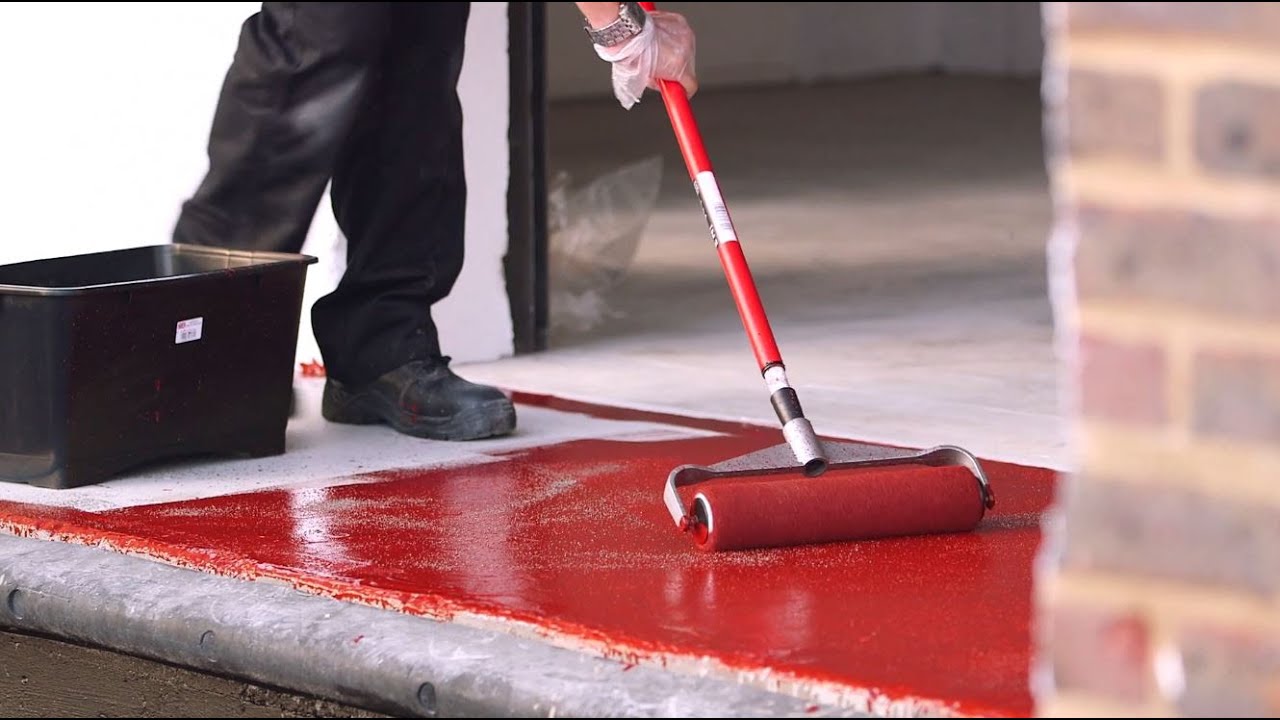
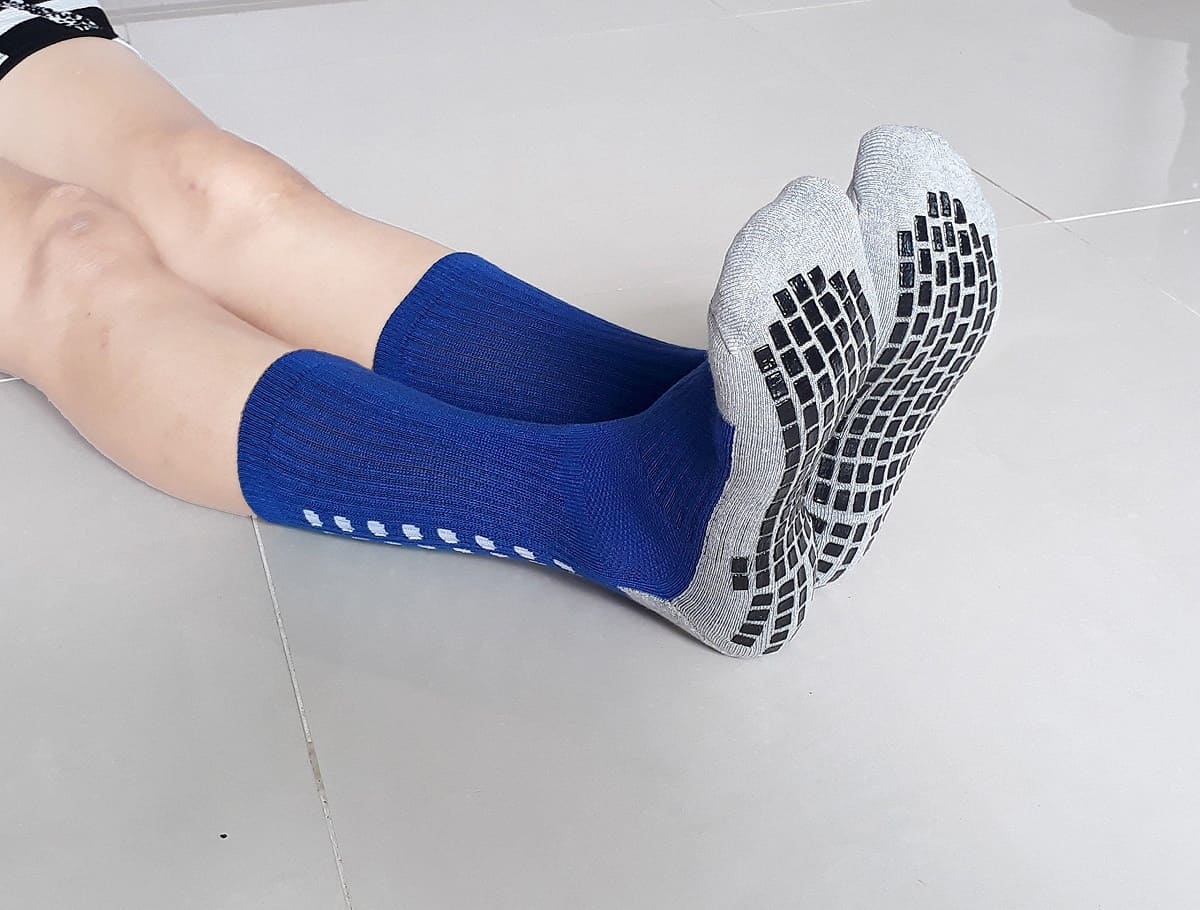
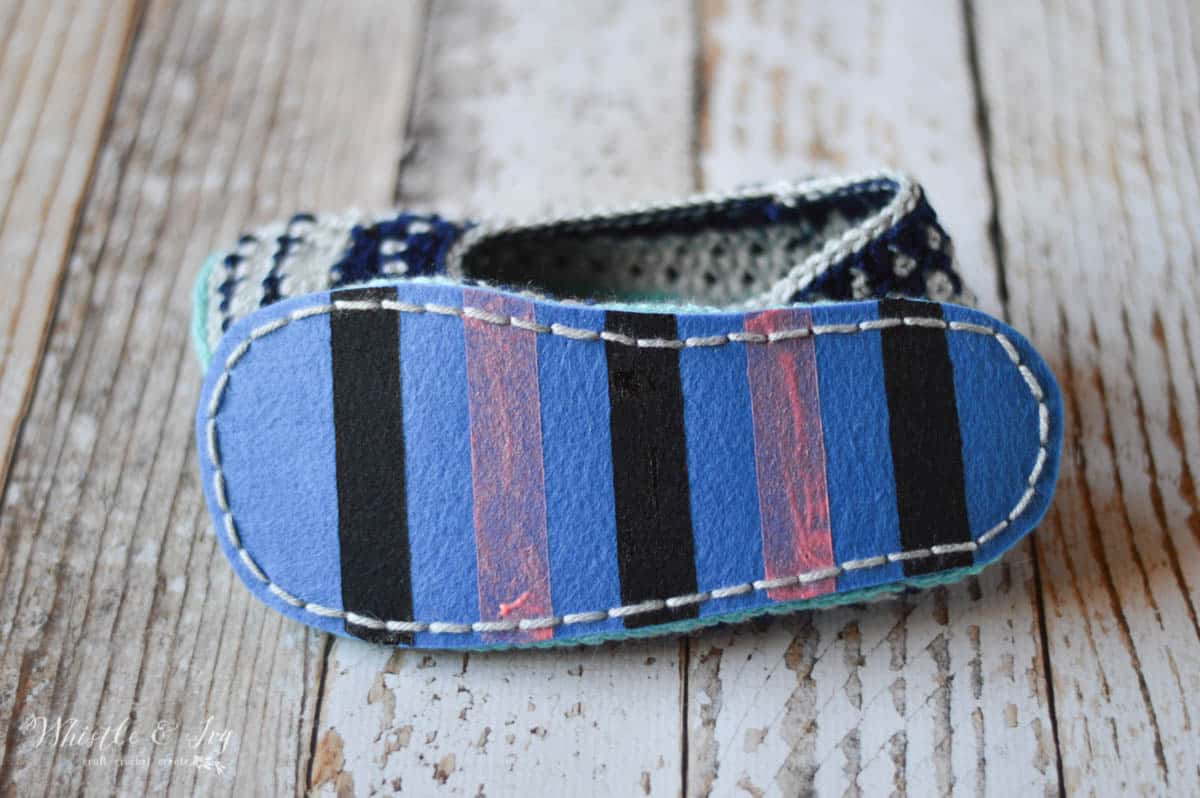

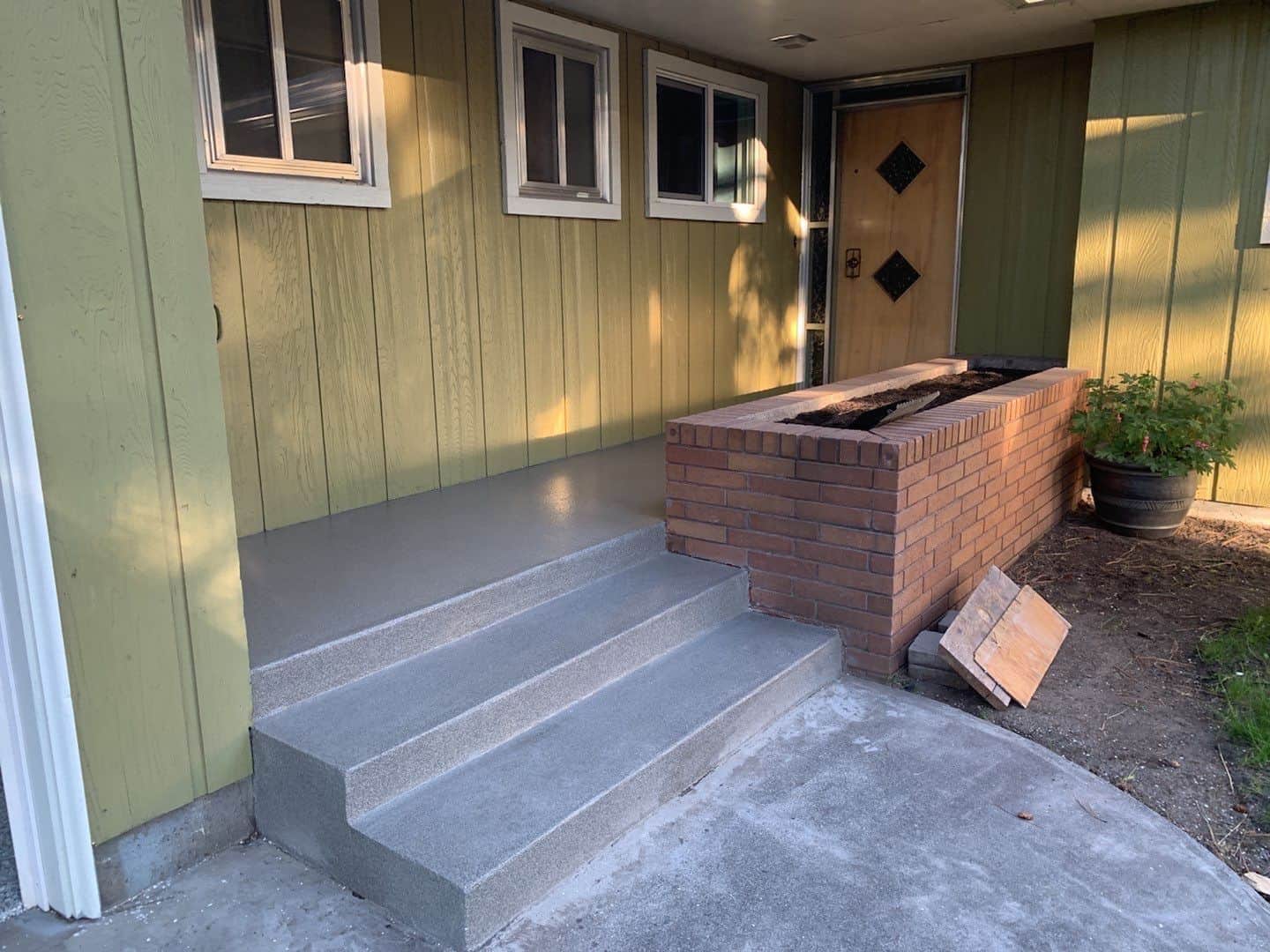
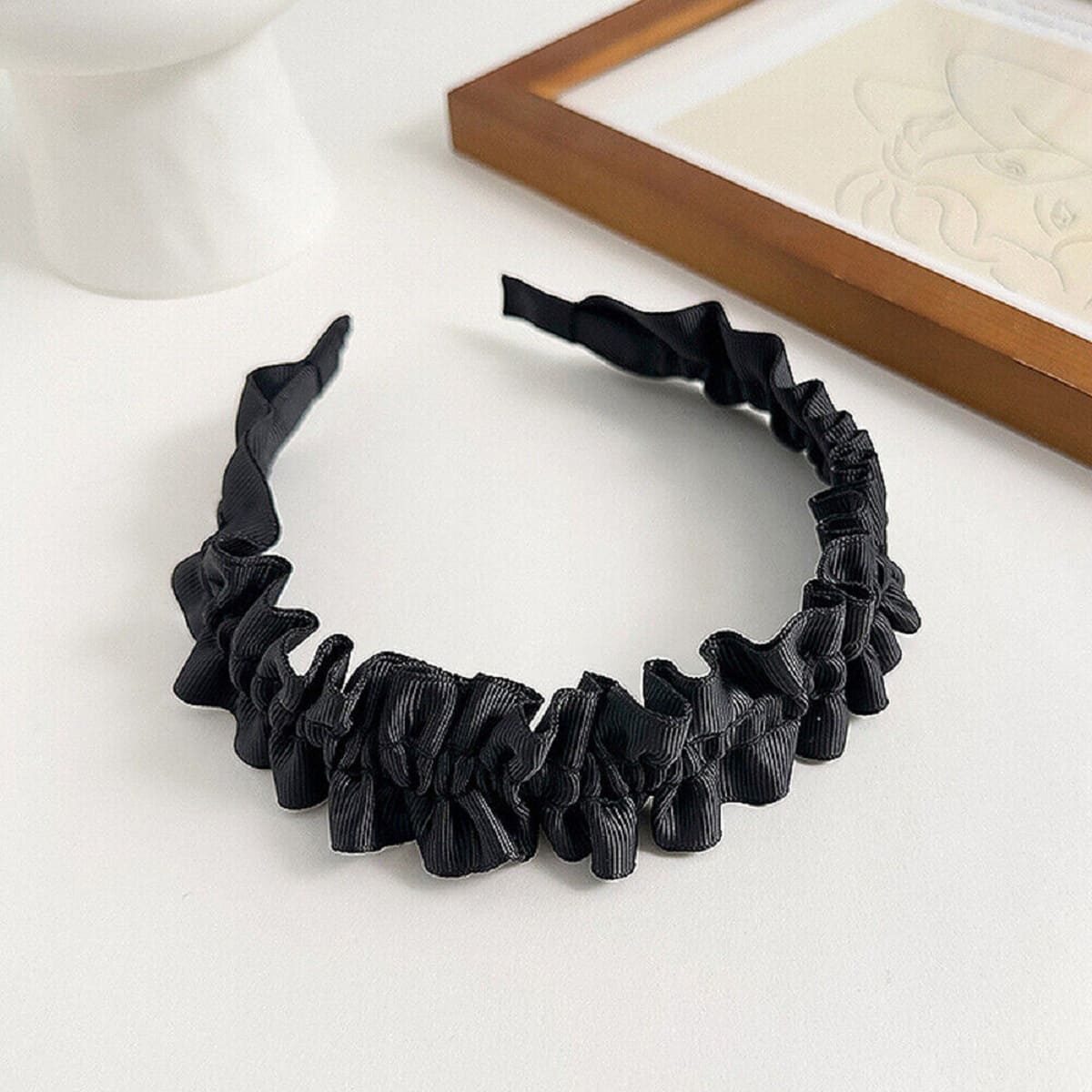
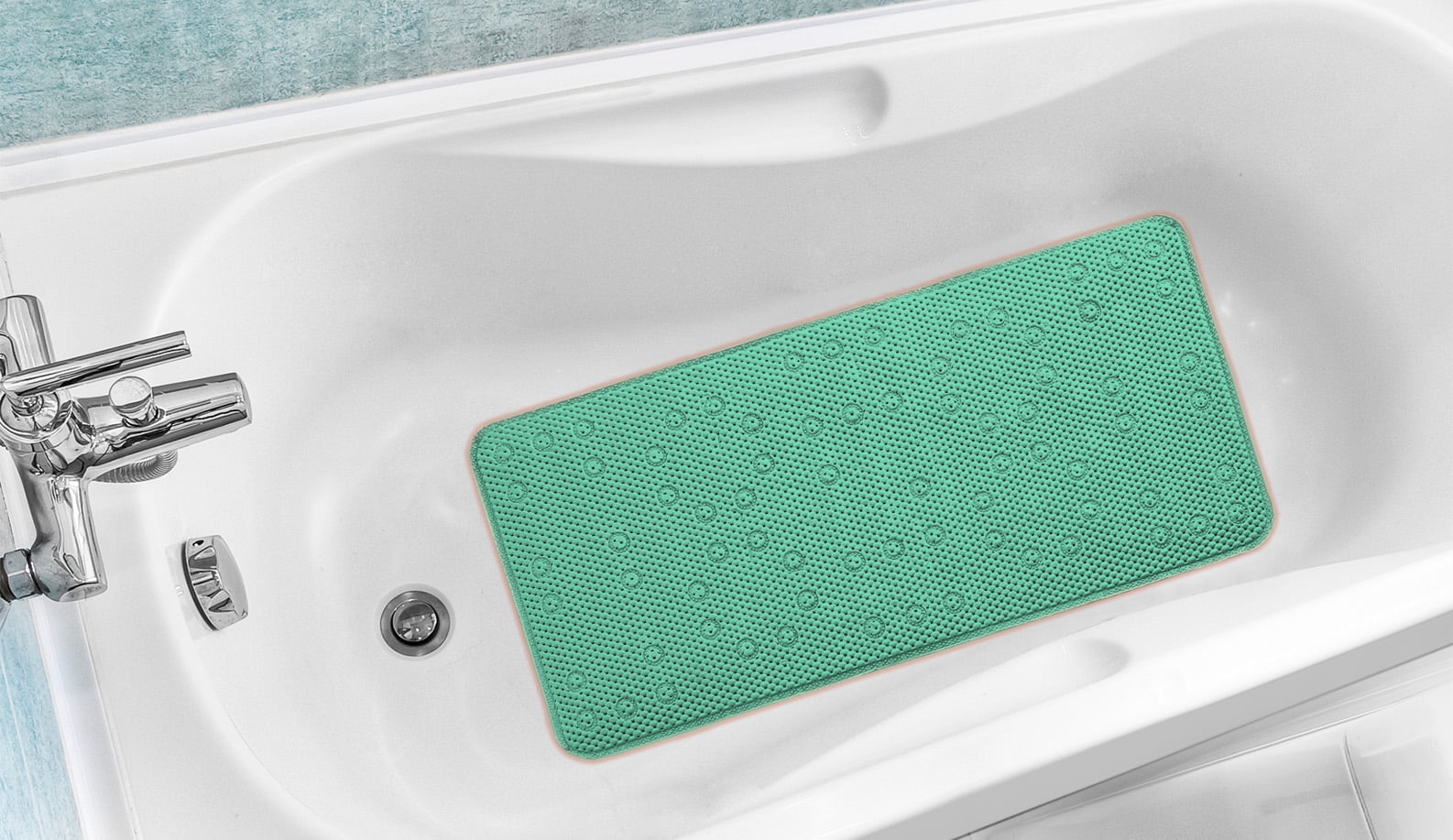
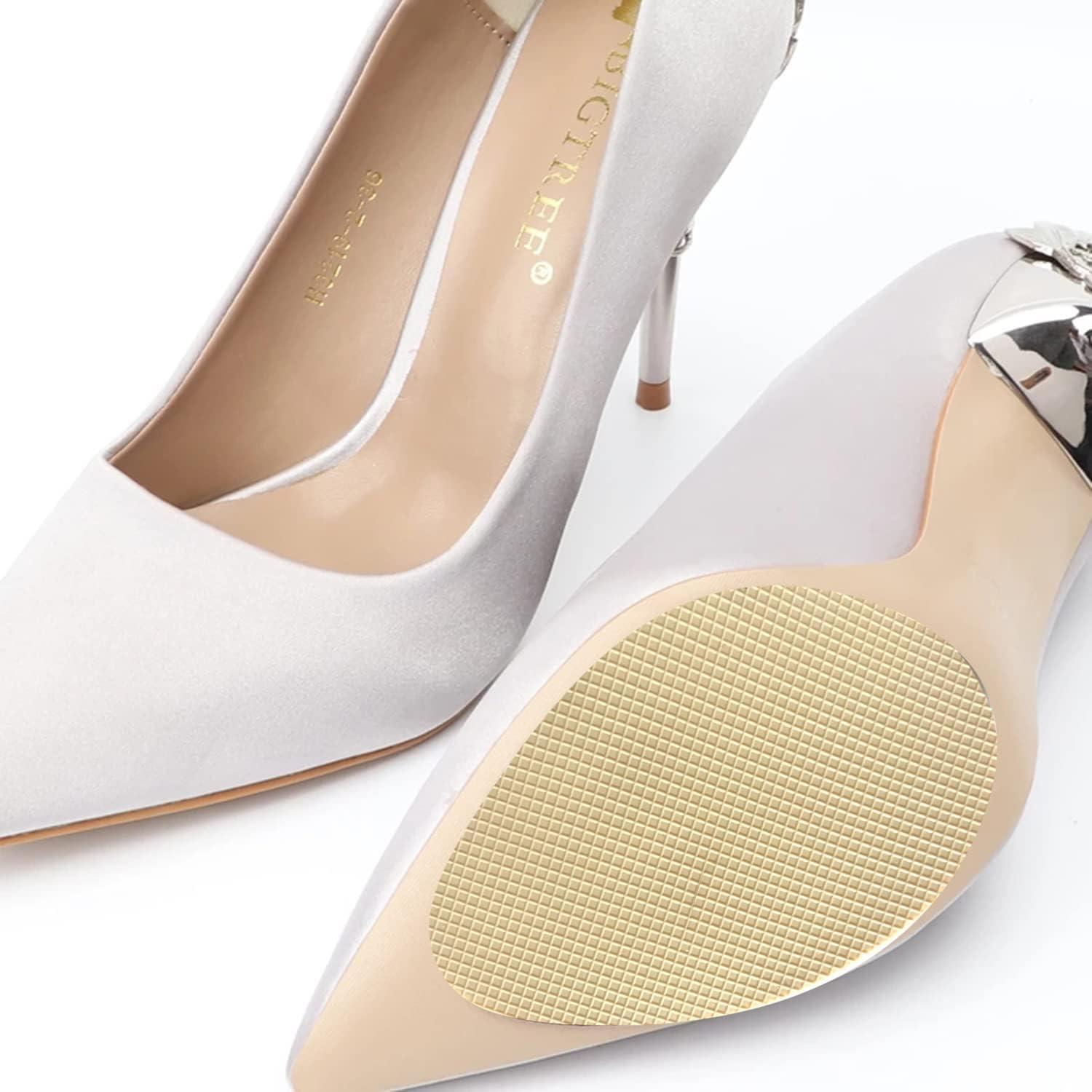
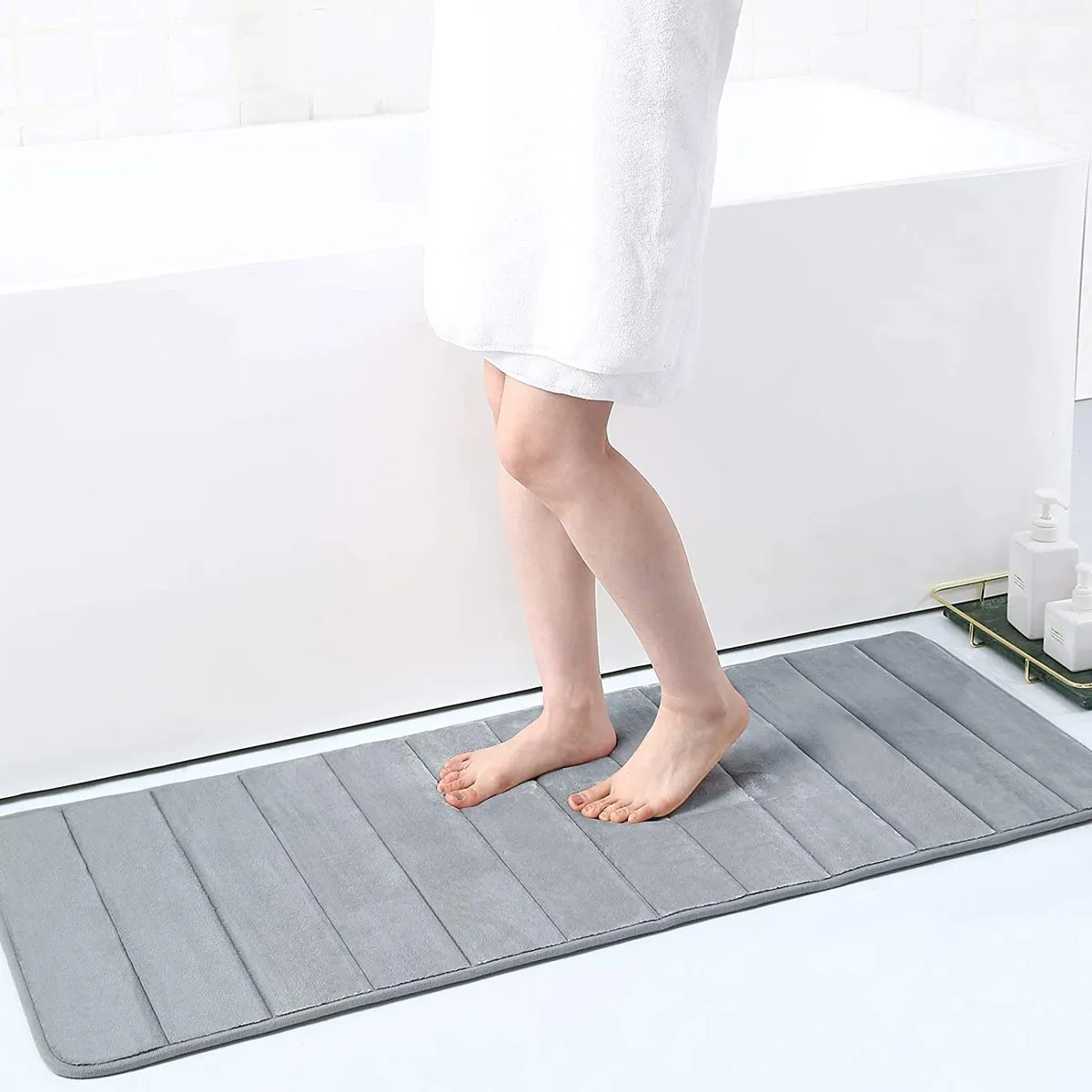
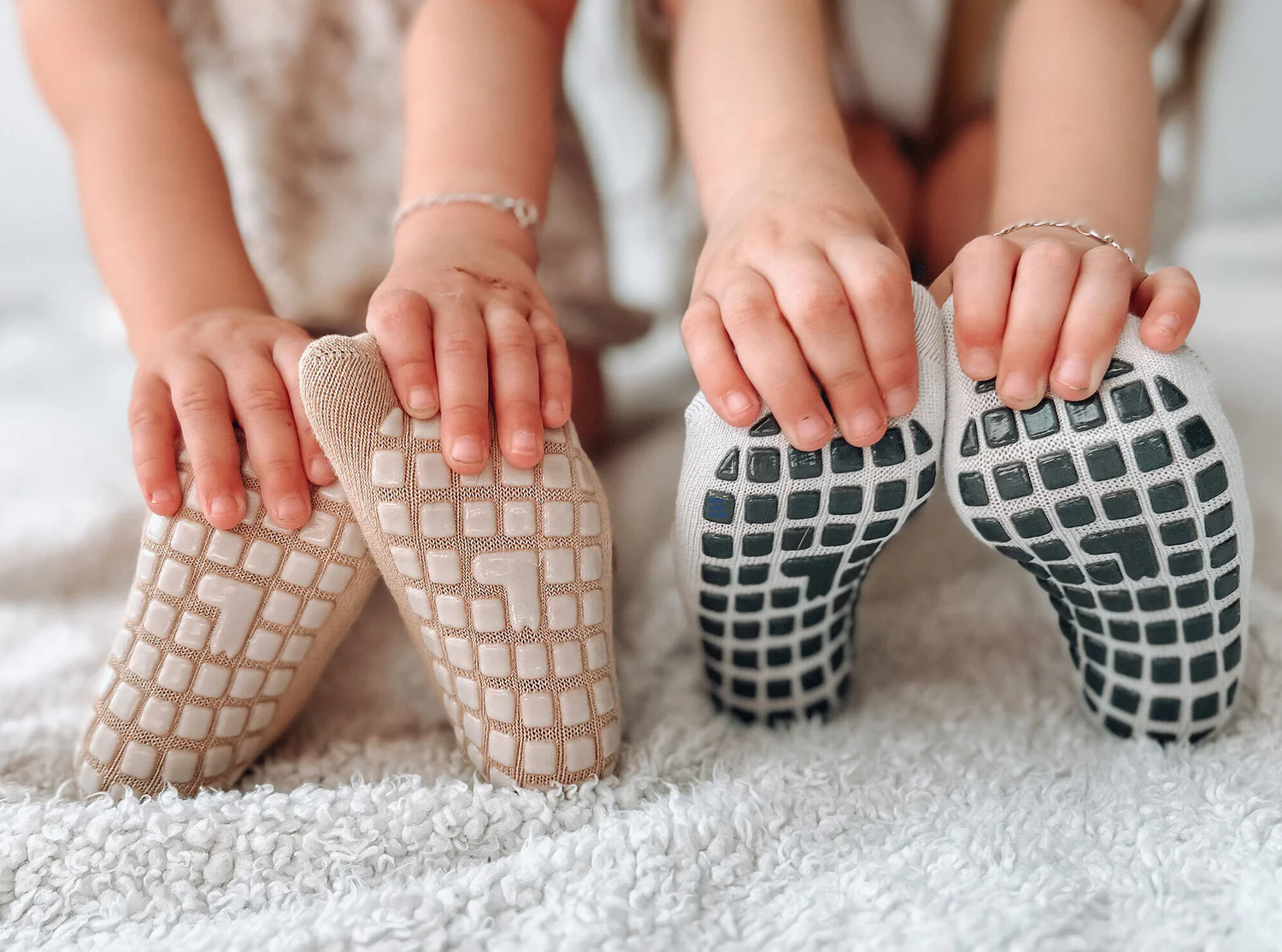
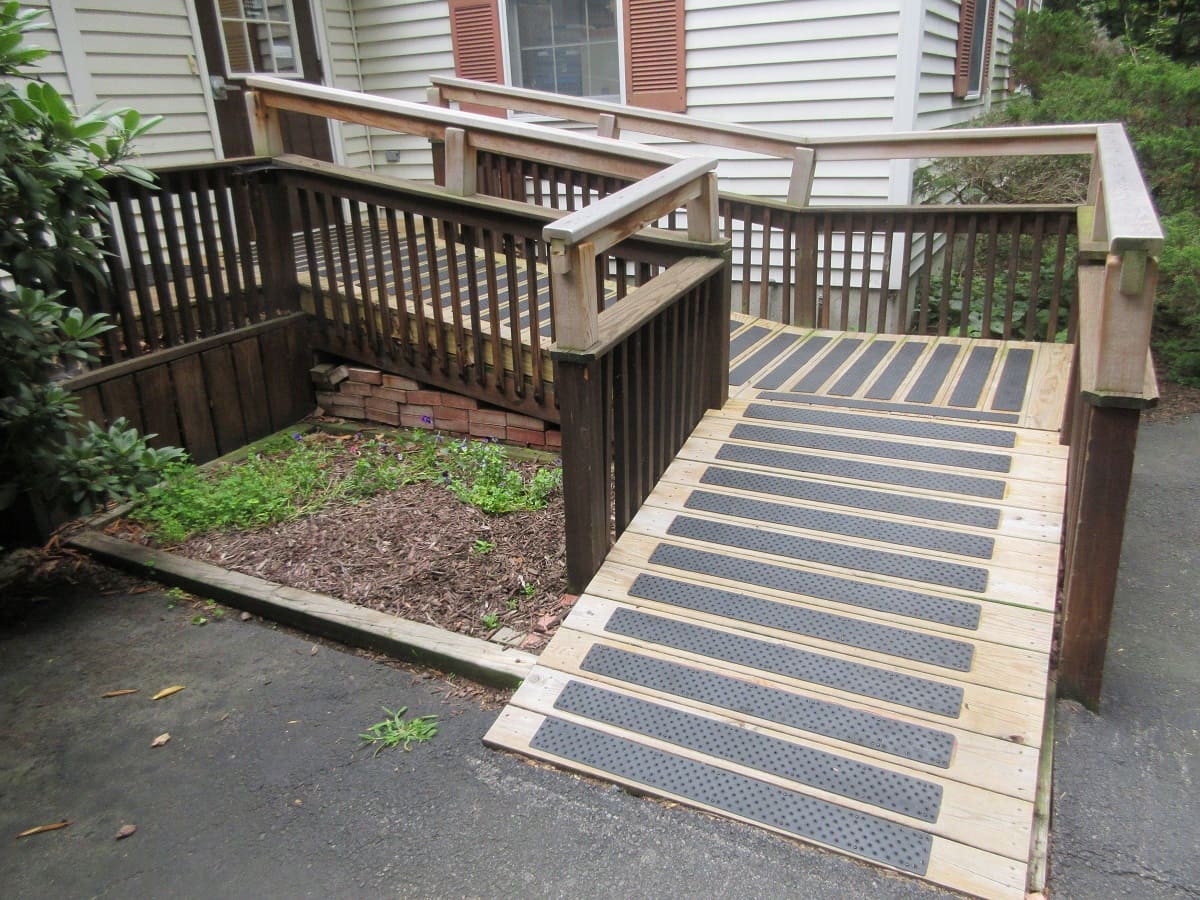
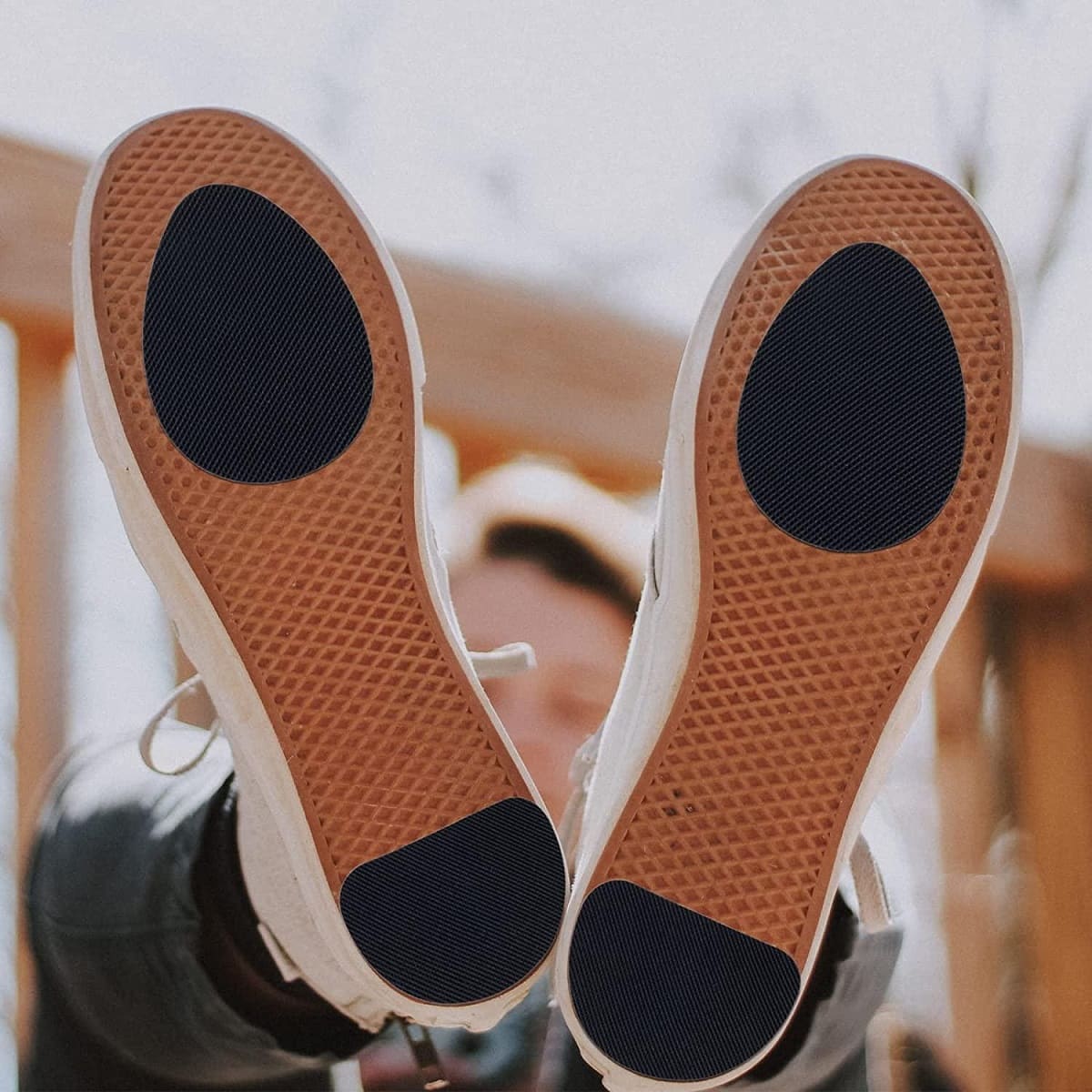
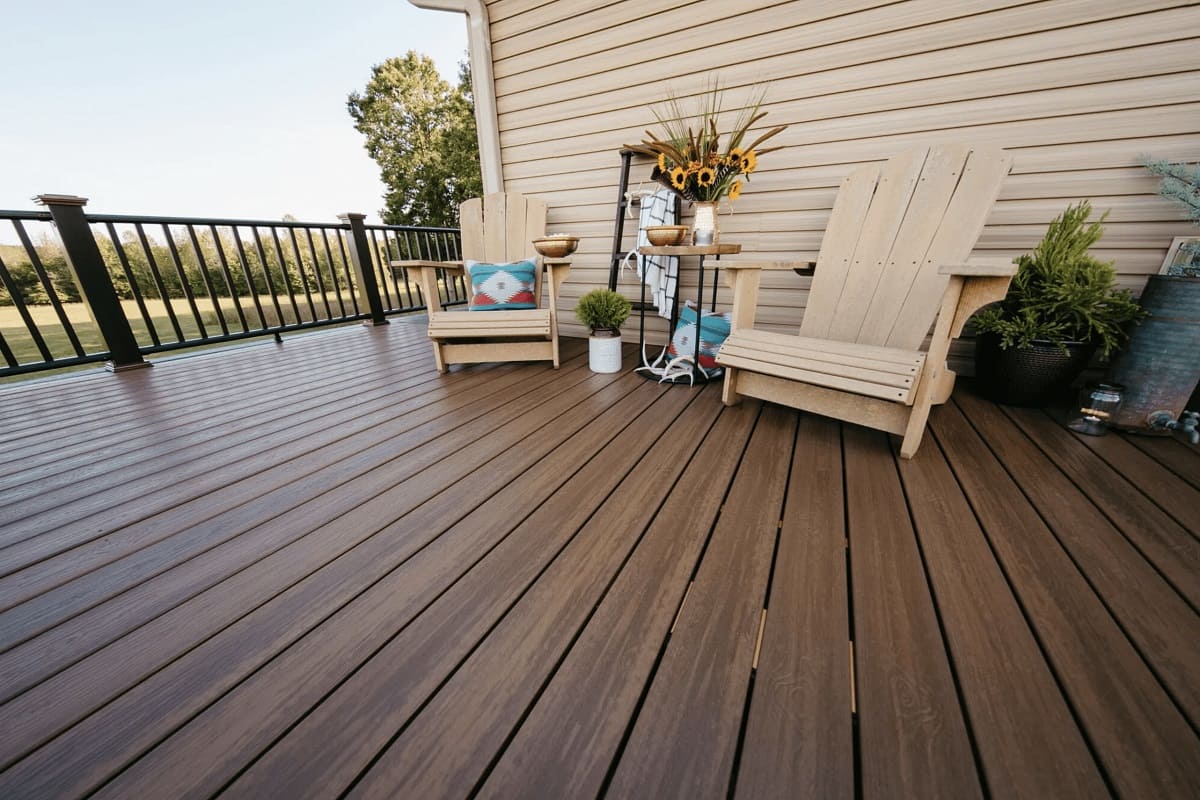
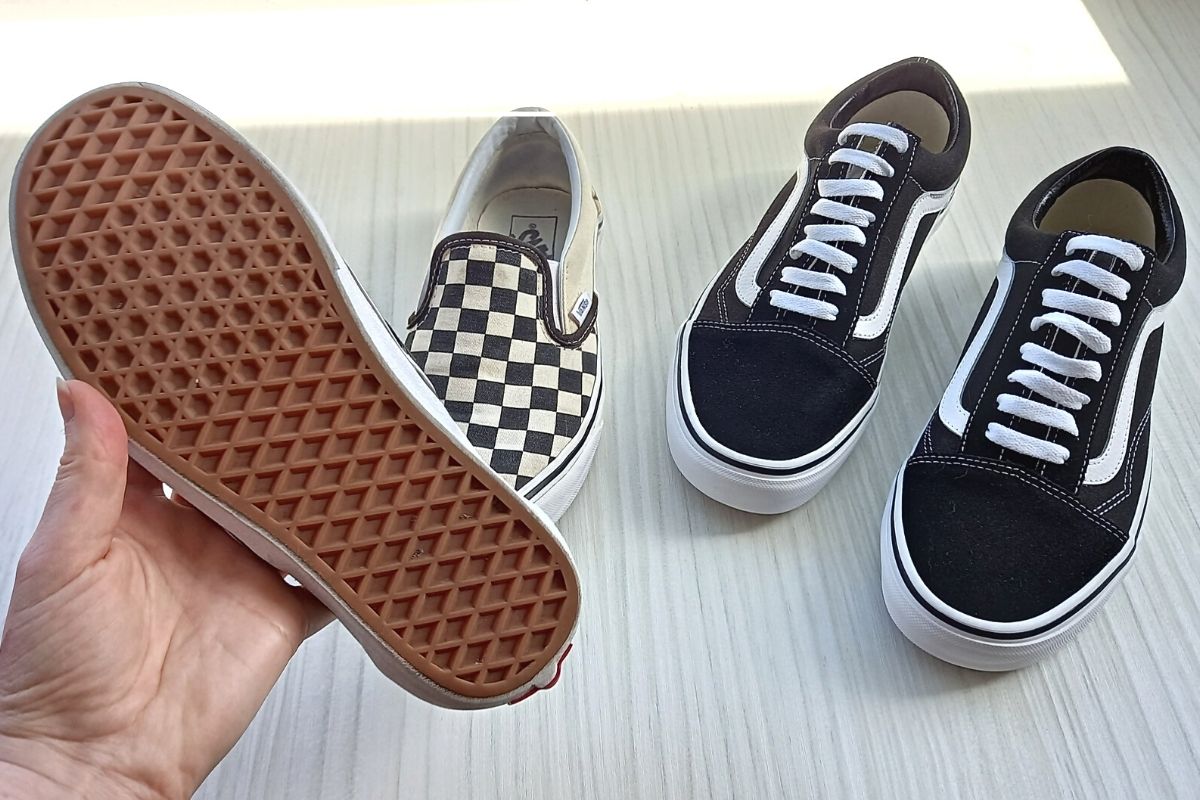

0 thoughts on “How To Make Stairs Non-Slip”